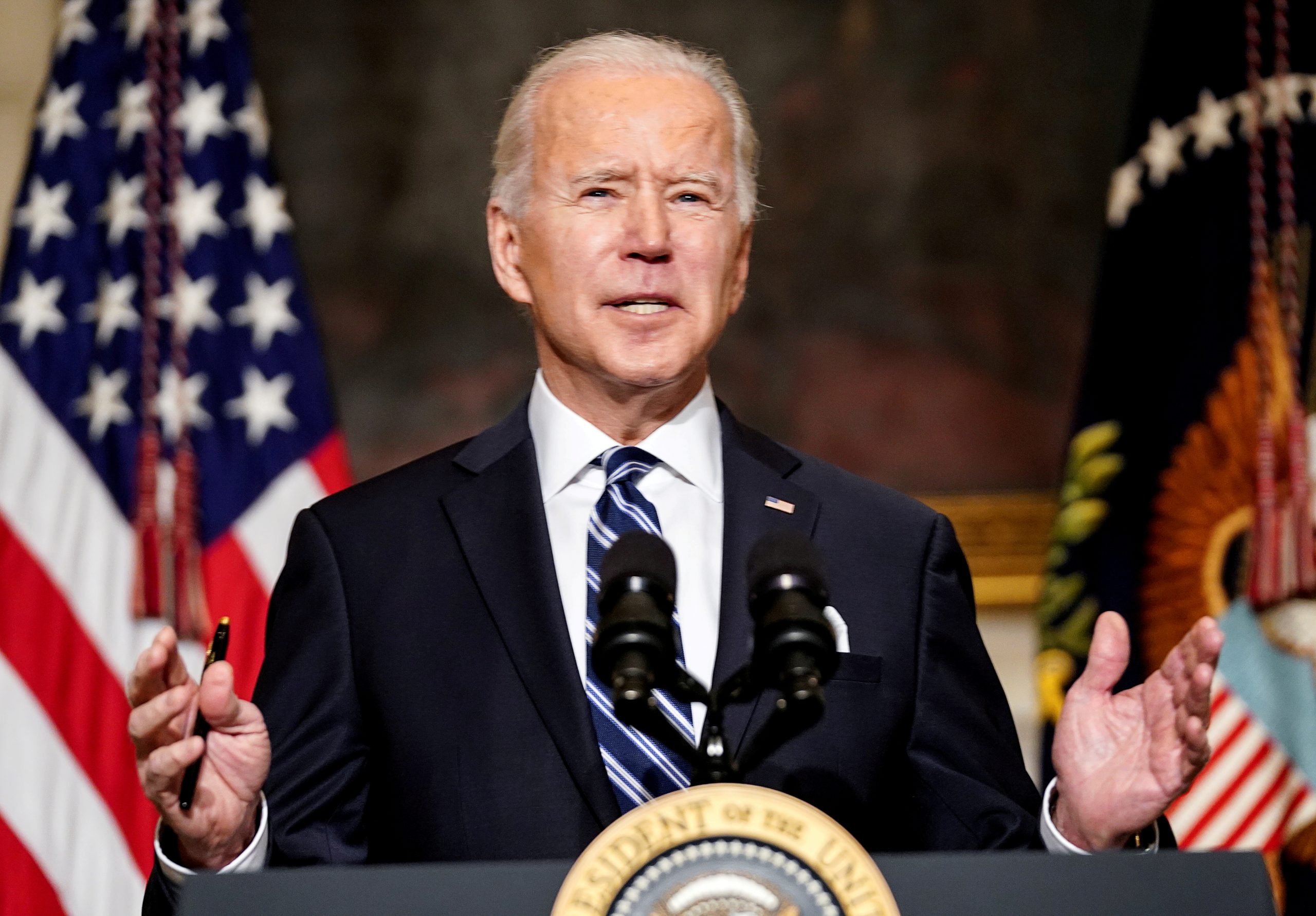The age-old adage that if you can make it, the government wants to regulate it, has taken on new life as the Justice Department takes aim at what it calls “ghost guns.”
In a news release touting a proposed new rule that would close the “‘ghost gun’ loophole,” the Justice Department said it wants to crack down on guns that are made at home.
The rule would update the language to define a firearm and its parts to “help close a regulatory loophole associated with the un-serialized privately made firearms that are increasingly being recovered at crime scenes across the country,” the news release states.
“These unmarked firearms, known as ‘ghost guns,’ are often assembled from kits that are sold without background checks, making them easily acquired by criminals who otherwise would not be permitted to possess a firearm.”
National Association for Gun Rights President Dudley Brown said the Biden administration’s plan “is a slap in the face to the millions of law-abiding Americans who have built their own firearms at home.”
“It’s a nonsense ‘feel good’ rule that only burdens good people but does nothing to stop violent criminals and gangsters from obtaining guns,” Brown said, according to Fox News. “This is just one more pathetic gun control ploy from Joe Biden as he bows down to the gun control lobby and their unlawful schemes to destroy the Second Amendment.”
In its reporting about the proposed rule, Politico noted that, “It’s legal to build a gun in a home or a workshop, and advances in 3-D printing and milling have made it easier to do so. Ready-made kits can be purchased for a few hundred dollars online without the kind of background check required for traditional gun purchases.”
Parts are available online, and so is equipment that can cut metal in the fashion needed to make parts for a weapon.
That’s what the Biden administration wants to stop. The rule change would mean some kits come with a serial number, and some might also require that the buyer undergo a background check.
“We are committed to taking common-sense steps to address the epidemic of gun violence that takes the lives of too many people in our communities,” said Attorney General Merrick B. Garland in the DOJ release.
“Criminals and others barred from owning a gun should not be able to exploit a loophole to evade background checks and to escape detection by law enforcement. This proposed rule would help keep guns out of the wrong hands and make it easier for law enforcement to trace guns used to commit violent crimes, while protecting the rights of law-abiding Americans. Although this rulemaking will solve only one aspect of the problem, we have an obligation to do our part to keep our families and our neighborhoods safe from gun violence.”
The release claimed that between 2016 and 2020 “more than 23,000 un-serialized firearms were reported to have been recovered by law enforcement from potential crime scenes — including in connection with 325 homicides or attempted homicides.”
The National Rifle Association was not the least impressed.
“The proposed rule would do nothing to address violent crime, while further burdening law-abiding gun owners and the lawful firearm industry with overbroad regulations,” spokesman Lars Dalseide said, according to Fox.
“The ATF Director would be given an incredible amount of power under the proposed rule. With President Biden’s nomination of gun control lobbyist and gun ban proponent David Chipman to head the ATF, this rule could give a gun control extremist the ability to destroy the American firearms industry,”
The advance represented by 3D printers was specifically mentioned in the rule.
“Technological advances have also made it easier for unlicensed persons to make firearms at home from standalone parts or weapon parts kits, or by using 3D printers or personally owned or leased equipment, without any records or a background check. Commonly referred to as ‘ghost guns,’ these privately made firearms (‘PMFs’), when made for personal use, are not required by the [Gun Control Act of 1968] to have a serial number placed on the frame or receiver, making it difficult for law enforcement to determine where, by whom, or when they were manufactured, and to whom they were sold or otherwise disposed,” the proposed rule states.
A draft version of the rule was posted for public comment on Friday. After the draft rule is officially published, a public comment period will follow. After that, the rule can be adopted by the Justice Department, although it could face a challenge in the courts.
This article appeared originally on The Western Journal.

























 Continue with Google
Continue with Google